How to Tie a Knot for Sewing Knitted Fabric
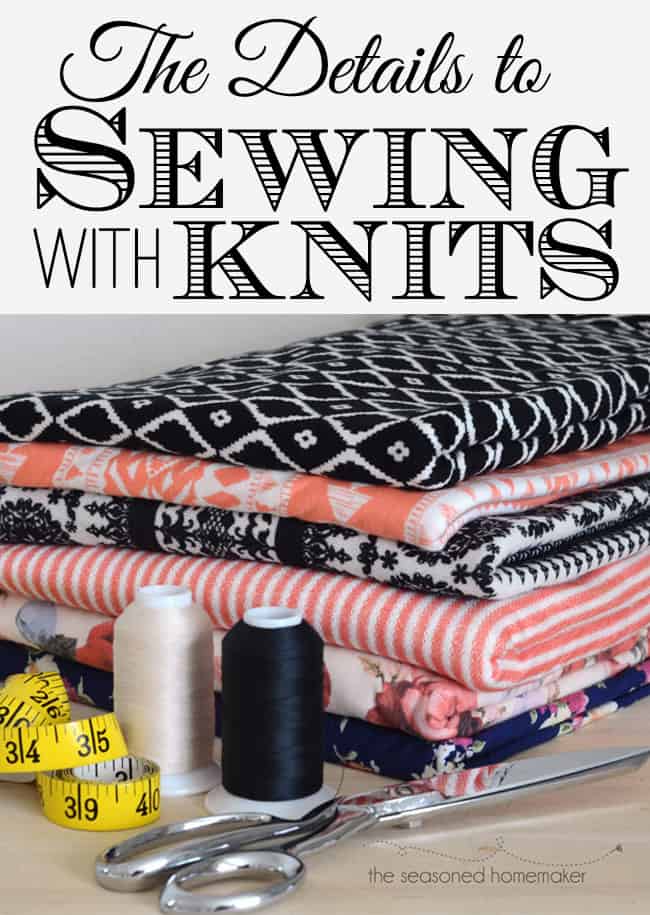
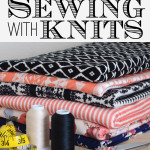
Welcome back to Sewing with Knits: The Details. By now, you've gotten some knit fabric and are wondering, "Where do I start?" Well, we are going to start with some of the details.
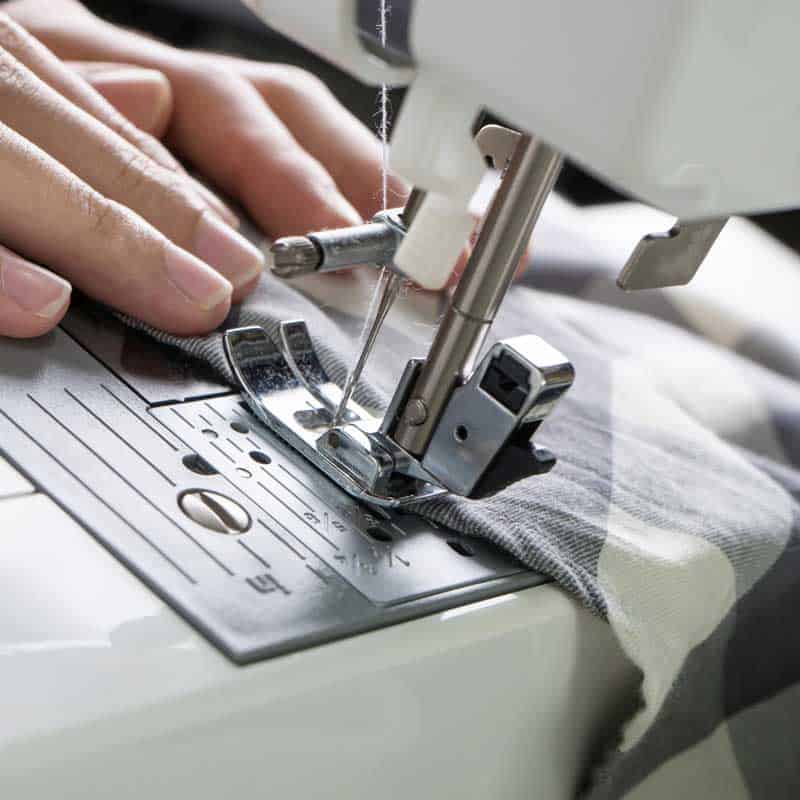
You know how it's always about the details. And, when sewing with knits, the details really matter. Today, we are going to talk about those details and why they are so important.
For the sake of argument, here, I am going to assume that you took my advice and are planning to sew on either cotton interlock or cotton jersey fabric. If so, then the first thing you should do is wash and dry your fabrics because cotton knits tend to shrink. If you chose another type of fabric, then I suggest you look at the washing instructions for that fabric because not every knit should be washed.
Respect the Fabric:
While knits might be a dream to sew, they also have some sewing requirements that must be respected. Follow these simple rules and your 'knit fear' will disappear.
1. Needles & Pins
The very first thing you need to know about respecting knit fabric involves needles and pins.
You must use either stretch or ball point needles when sewing with knits. Stretch needles and ball point needles part the fabric and won't leave holes. Universal needles leave holes that will continue to open, similar to a run in your pantyhose.
When choosing a needle for your project either will work for most knit sewing, with one exception. You should only use Stretch needles when sewing 4-way stretch fabric which is common in garments such as swimwear, active wear (like yoga pants), and dance wear.
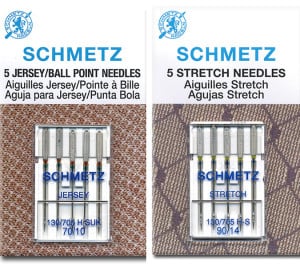
{photo source}
This site contains affiliate links which won't change your price. As an Amazon Associate we earn from qualifying purchases.
Another needle you will need is a Stretch Twin Needle. This needle is commonly used to hem knit garments and will sew a double seam, giving your finished hems a professional look.
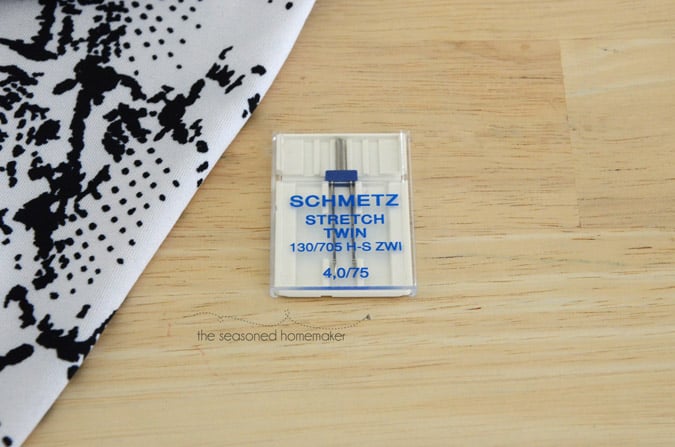
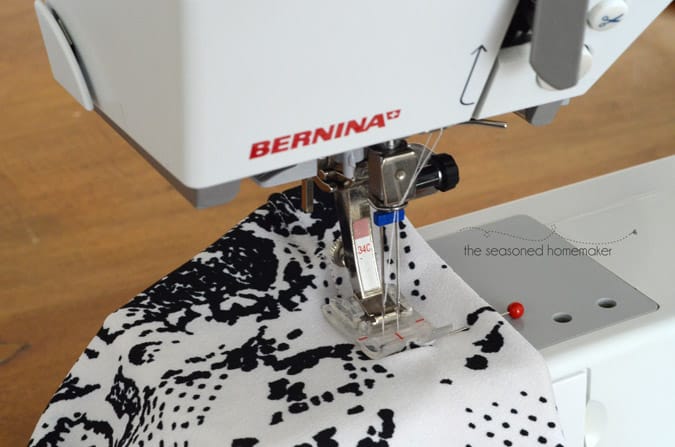
Ball Point Pins are essential when pinning knits. These can be purchased next to the regular pins at any sewing store. I have a tutorial on different pinsthat further explains why you need ball point pins.
I like to keep my ball point pins on a separate pin cushion. That way they never get mixed in with regular pins.
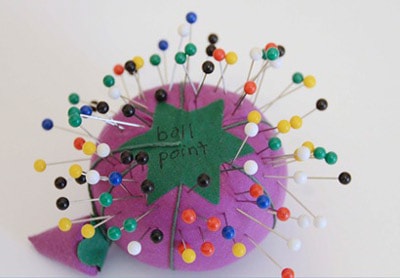
2. Thread
This site contains affiliate links which won't change your price. As an Amazon Associate we earn from qualifying purchases.
Thread choice plays a big part when sewing with knits. Try sewing on knits with a straight stitch using regular polyester thread. Now, pull on it as though you are wearing it. That sound you just heard is the thread breaking and your seam opening. It does this because there is no stretch in the seam or the thread. Note: I talk about stretch stitches in #4 below.
I have another option, though. What if your machine is older and doesn't have any stretch stitches? Or what if you prefer to use a straight stitch when sewing with knits. There is now this amazing, wonderful, I-can't-believe-I-ever-lived-without-it Maxi-Lock Stretch Thread.
Stretch thread is easy to use. You can create a bobbin the regular way and thread your machine like normal. For sewing, I usually set the stitch length to 3mm, and raise the tension from 4.0 to 4.5.
Please note, Stretch thread is NOT wooly nylon thread (which would work but tends to get all tangled and does better in a serger). However, Maxi-Lock Stretch Thread works on a sewing machine and a serger.
For the most part I use either the Eggshell or Black color because I'm still building my collection.
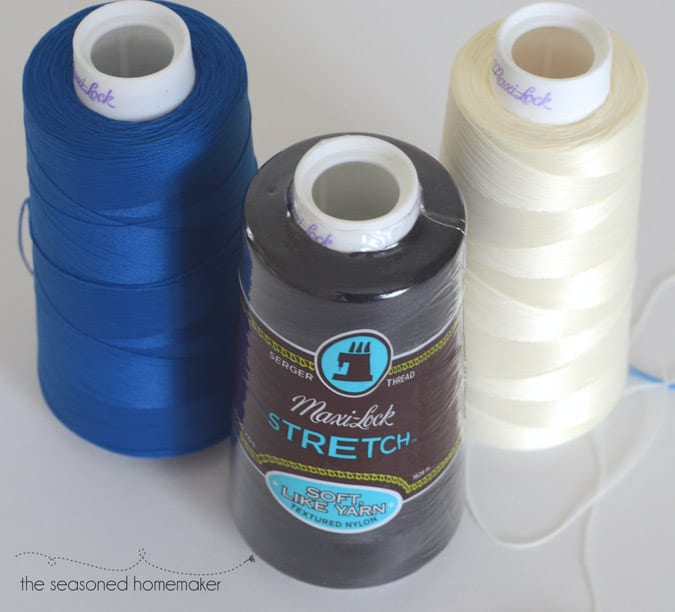
3. Walking Foot
One way to keep your knit fabric from growing while you're sewing is to use a Walking Foot. A while back I did a post on the Walking Foot. While not essential, it has an amazing effect on the way your knit fabrics sew.
Basically, it keeps the fabric from stretching while you sew. If you plan to sew a lot of knits, I would recommend purchasing a Walking Foot. Most sewing machine manufacturers sell a walking foot for their machines. There are also several after-market walking feet that are reasonably priced.
If you already own a walking foot and don't know how to use it then take a few minutes to practice sewing on knits with your walking foot. You will fall in love!
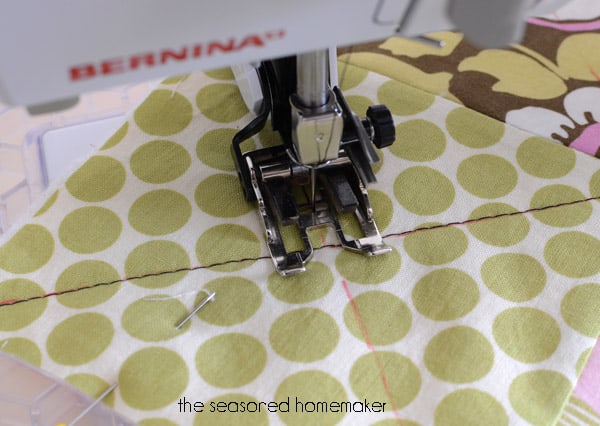
Here are two examples of knits sewn with and without a walking foot. I've used a super stretch stitch (sometimes called 'lightning bolt') and a regular polyester thread on both seams. Notice how the seam on the left has stretched out some while the one on the right looks like a straight seam on a woven fabric.
That's the beauty of using a walking foot on knits.
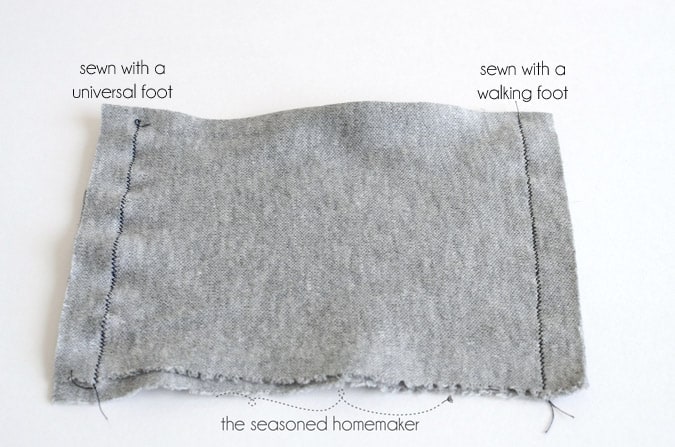
4. Knit Stitches
If you plan to use regular thread for your project then a straight stitch is never going to cut it when sewing knits. The minute you stretch the fabric those stitches are going to pop out unless you use the super-awesome stretch thread.
Fortunately, even the most basic sewing machine should have one or two settings for knits. At the bare minimum, a zigzag stitch is essential. Refer to your machine's manual for specific settings when sewing with knits.
Below are a few of the most common stitches. You will need to practice with each of these stitches in order to find the ones that work best with your machine and a particular knit. Learning how to use these stitches when sewing knits is one of the keys to having your project turn out well.
- #2 – Zigzag stitch is the most common. Adjust the stitch width and stitch length to get the right stitch. See your machine's manual for details.
- #6 – Triple Stitch works well for knits, but must be used with caution. Practice before you use this stitch.
- #11 – Super Stretch Stitch works on most knits and is essential for sewing swim suits. This one needs a little practice, too.
Of course, all of these stitches perform even better when you use stretch thread.
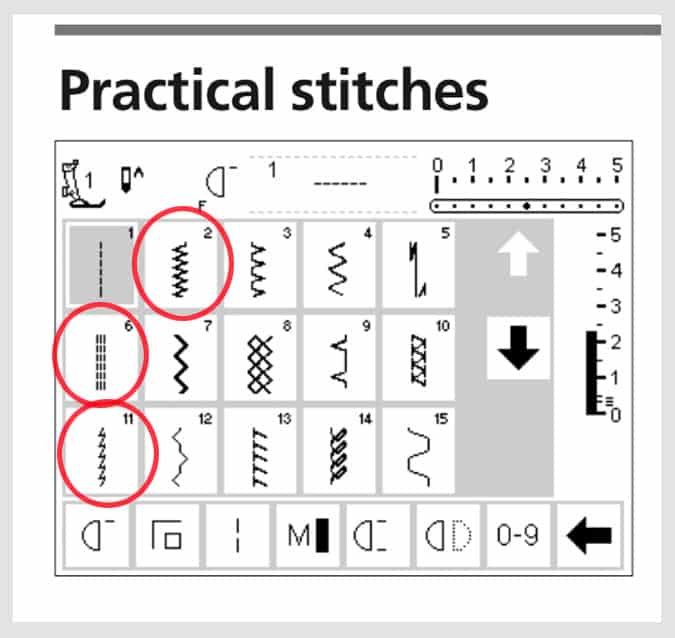
5. Serger
If you own a serger then this is the ideal way to sew with knits. A 3-Thread or 4-Thread stitch will secure a seam and still provide good stretch. You can use regular serger thread, wooly nylon thread, or (my favorite) stretch thread. If you own a serger then whipping up t-shirts, skirts, and leggings are a breeze.
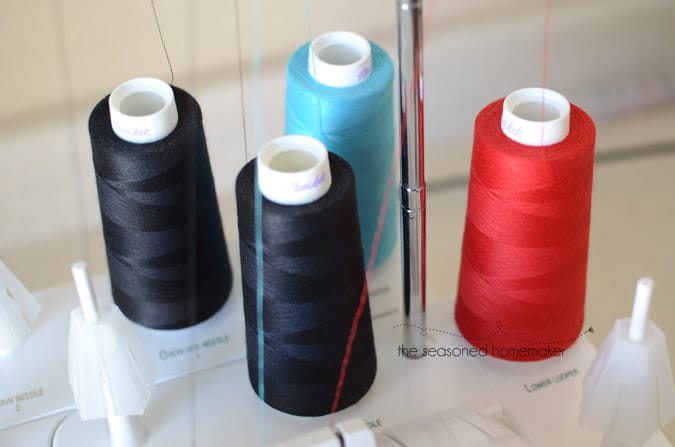
Let's Sew Something with Knits
I believe that leggings are the easiest first project when learning to sew with knits. A few months back I did a tutorial called How to Sew Leggings. I suggest you link over and try your hand at sewing a leggings project out of knits.
If this is your first project sewing with knits I recommend using Cotton Interlock fabric. Be sure to mark the inside and outside since Interlock doesn't have a right and wrong side.
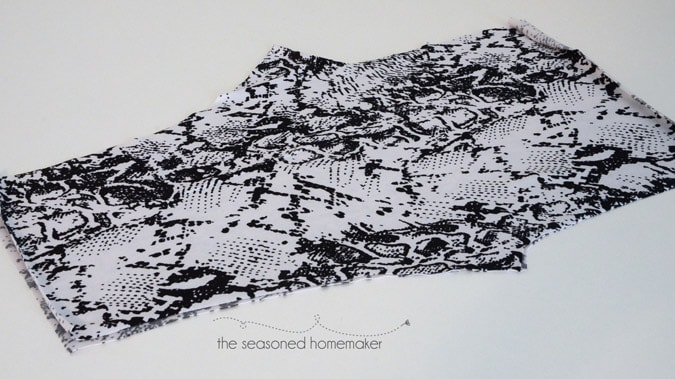
If you plan to purchase a pattern for this project, be sure to check the back of the pattern to insure it is suitable for sewing with knits.
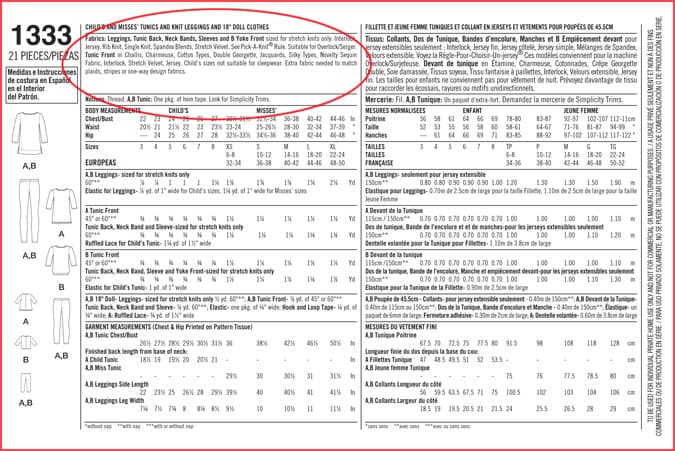
A lot of times a pattern will have a Stretch Guide where you set the corner of the fabric on one side and stretch. If it fits the guide then it is suitable for the pattern.

Lastly, I have aQuiz Questionfor you. Scroll up and look at the photo of the pair of leggings I cut out. Can you tell me what type of fabric this is? Hint: There's a tell-tale sign I talked about here! Reply in the comments!
Catch up on the rest of the series below:
Sewing with Knits: Intro
Sewing with Knits: Making a T-Shirt
How to Tie a Knot for Sewing Knitted Fabric
Source: https://www.seasonedhomemaker.com/sewing-knits-details/
0 Response to "How to Tie a Knot for Sewing Knitted Fabric"
Post a Comment